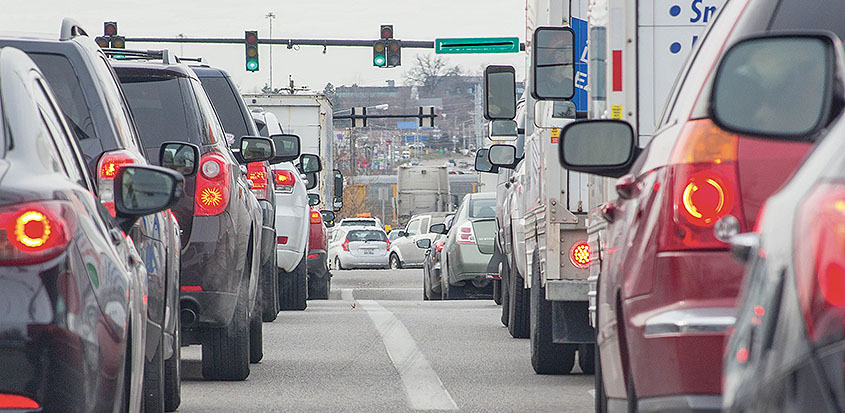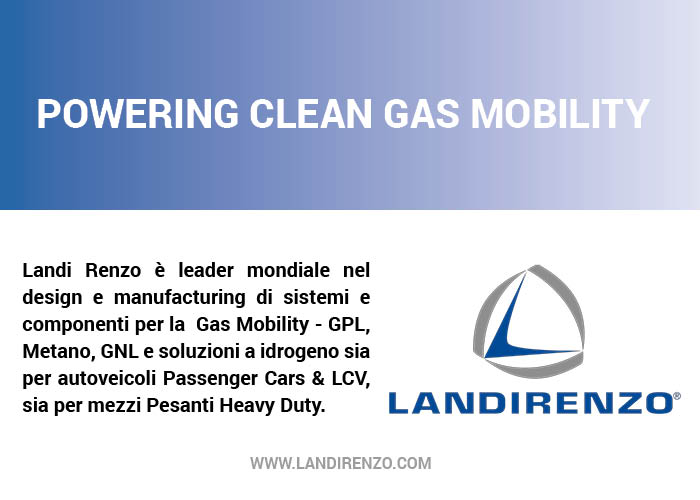Between 1990 and 2015 greenhouse gas emissions have decreased overall thanks to the CO2 reduction in the energy sector. But in 2015 they increased by 2.3%.
In general, we see signs of improvement in the air quality as emissions of the primary pollutant agents have slowed down, as well as the atmospheric levels of some pollutants have shown decreasing trends.
https://www.ecomobile.it/index.php/en/news/151-ambiente-en/2467-emissions-diesel-vehicles-on-top-of-the-list#sigProId90b075a143
But the situation remains critical in particular for atmospheric particles (about 40% of the control stations record exceeding daily limit values) and nitrogen dioxide (13% of the control stations record values above the limits). These numbers are collected by the Ispra Annual Environment data (Institute for the Environment Protection and Research) and listed in the first edition of the Snpa – Environment Report (National System for Environment Protection). Emission trend in the transportation field: thanks to a slow change of old vehicles there is a decrease in the CO2 emissions. In fact, in 2015 they registered 115,1 g/km (in 2005 it was 149,5 g/km). This good result is also due to the increasing number of LPG/methane fueled cars. The data related to Euro 6 vehicles registered in 2014 show that in relation to the nitrogen oxide, diesel fueled cars are characterized by significantly higher values compared to other fuels, while LPG and methane show decreasing emissions. As far as particle exhaust, diesel has the highest values, followed closely by petrol. Gas fueled car instead register emissions that are 1/3 lower than diesel cars.
BLOG COMMENTS POWERED BY DISQUS





















